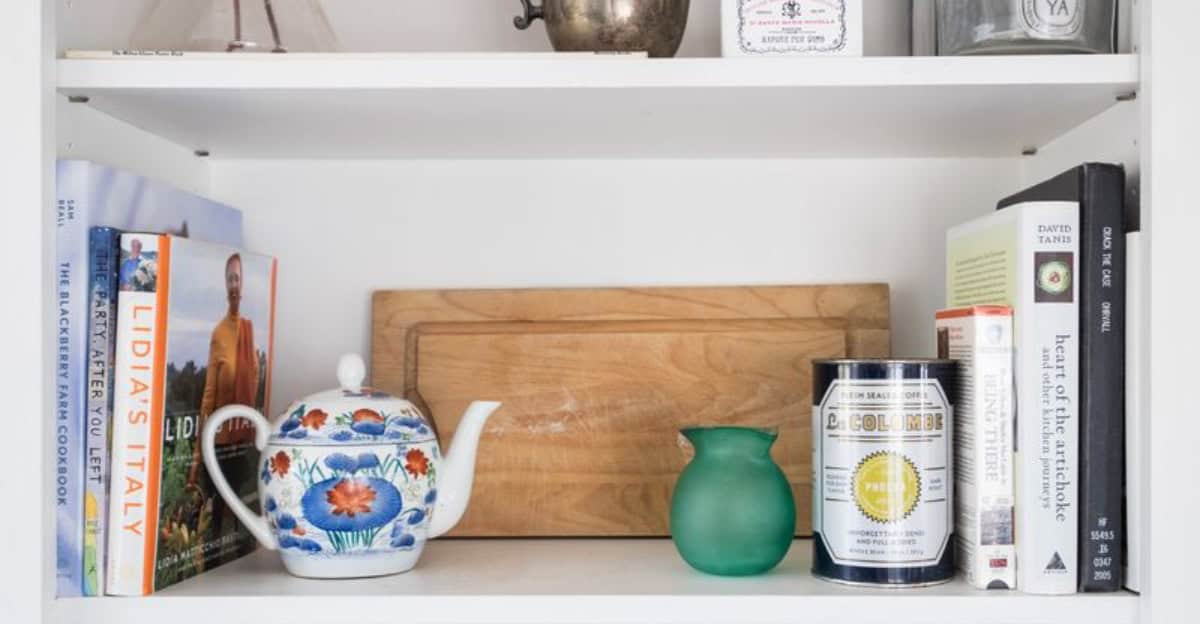Professional organizers have a keen eye for identifying items that unnecessarily occupy valuable space in kitchens.
Streamlining your kitchen involves recognizing and removing these space-wasting culprits.
Discover 10 common items that can be eliminated to create a more efficient and organized culinary space, helping you maintain a clutter-free environment.
1. Unused Kitchen Gadgets
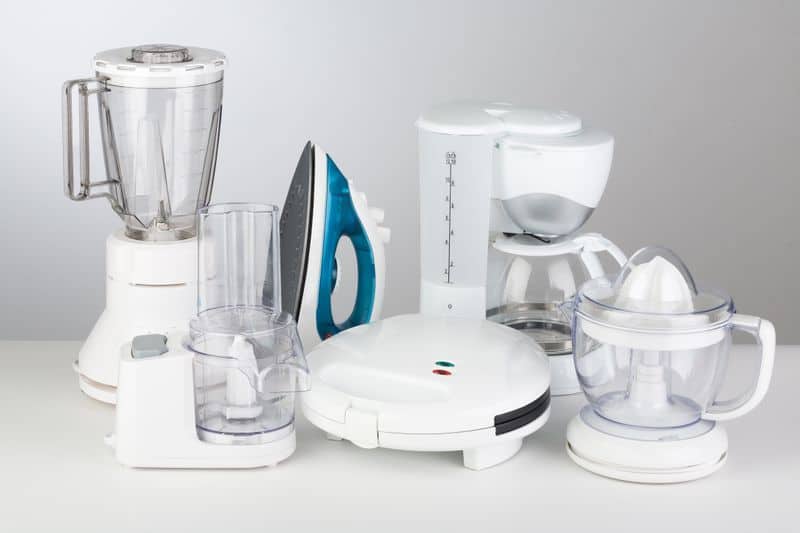
Kitchen gadgets often promise convenience but end up as clutter if unused. Many people collect specialized tools like avocado peelers and egg slicers, which may seem handy but rarely see the light of day.
These items occupy valuable drawer or counter space, leading to unnecessary clutter. Instead of hoarding these gadgets, professional organizers suggest evaluating their actual usage.
If a gadget hasn’t been used in six months, it might be time to let it go.
Consider keeping multifunctional tools that serve multiple purposes, streamlining your kitchen and making meal prep more efficient.
2. Expired Spices
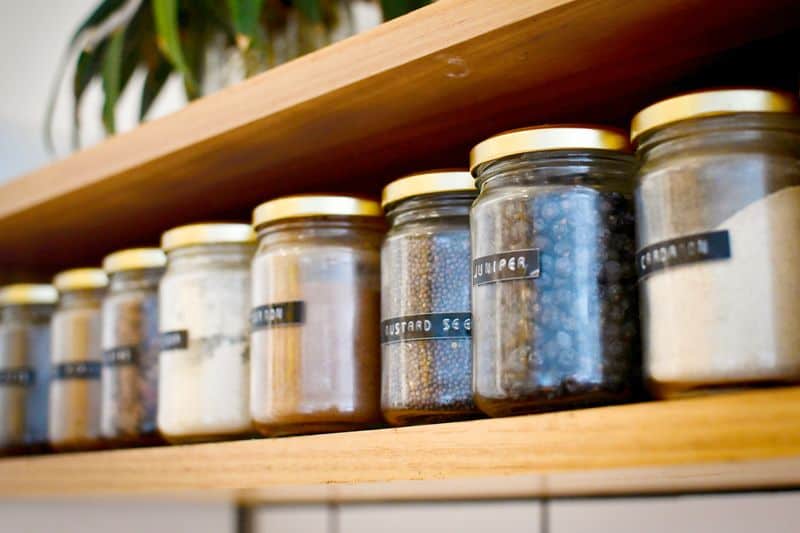
Expired spices are a common space-waster in many kitchens. As spices lose their potency over time, they become less effective in flavoring dishes.
Yet, many keep these old spices, taking up precious cabinet or shelf space.
Professional organizers recommend regularly checking expiration dates and discarding outdated spices. Replenishing with fresh, frequently-used spices not only enhances flavor but also declutters space.
Opt for smaller quantities to ensure spices are used while fresh, keeping your kitchen organized and your cooking flavorful.
By maintaining a streamlined spice collection, you maintain both space and taste.
3. Excessive Plastic Containers
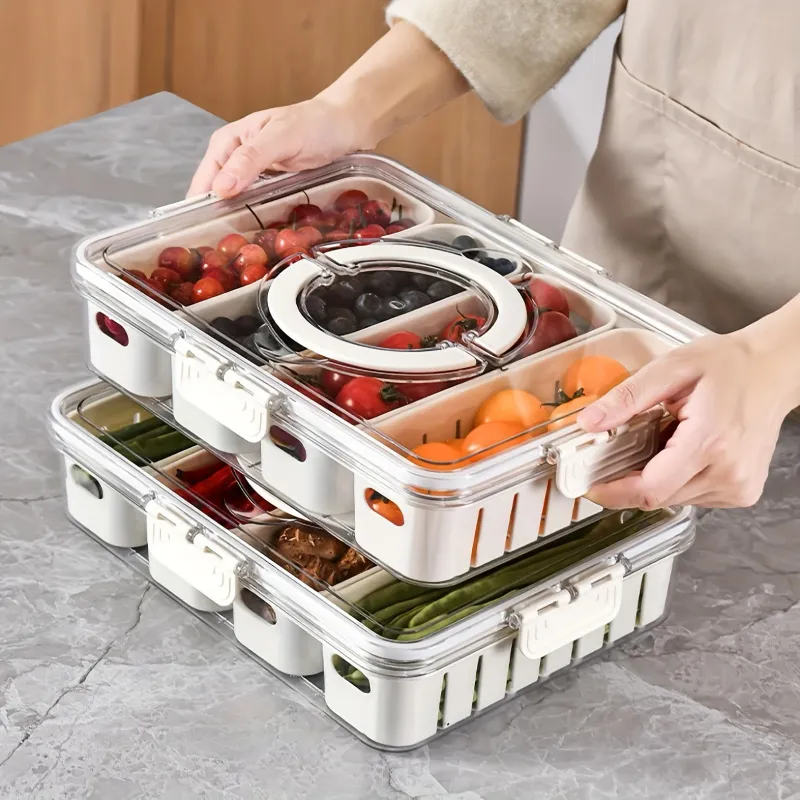
Plastic containers are essential for food storage, but having too many can quickly lead to chaos. Often, these containers end up mismatched with lids or become discolored and unused.
Such clutter can make it difficult to find the right container when needed. Professional organizers advise keeping a reasonable number of containers that nest and stack neatly.
Discard any that are damaged, without lids, or seldom used. This step simplifies storage and maximizes space efficiency.
An organized container system not only saves space but also makes meal prepping and storage more manageable.
4. Duplicate Utensils
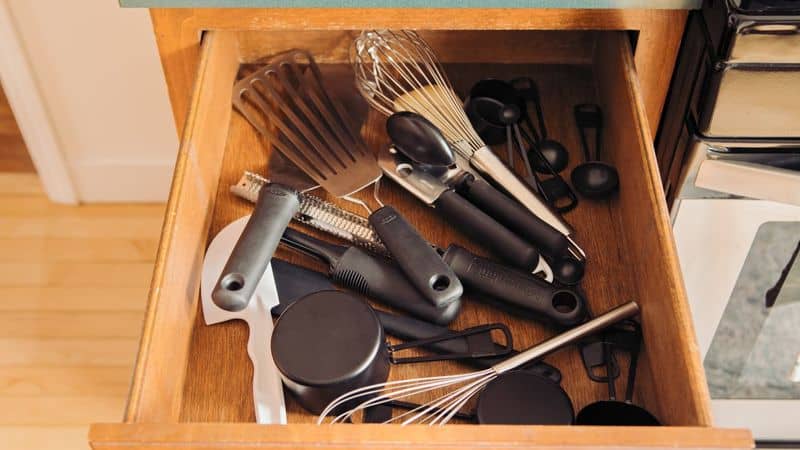
Many kitchens suffer from an overflow of utensils, with duplicates of items like spatulas, tongs, and whisks.
This redundancy can lead to cluttered drawers, making it difficult to locate necessary tools during cooking.
Professional organizers suggest conducting an inventory of your utensil collection. Retain only what’s essential, and donate or recycle excess duplicates.
A streamlined utensil drawer not only saves space but also makes cooking more efficient and enjoyable.
By minimizing duplicates, you enhance your kitchen’s functionality and maintain an orderly environment.
5. Novelty Mugs
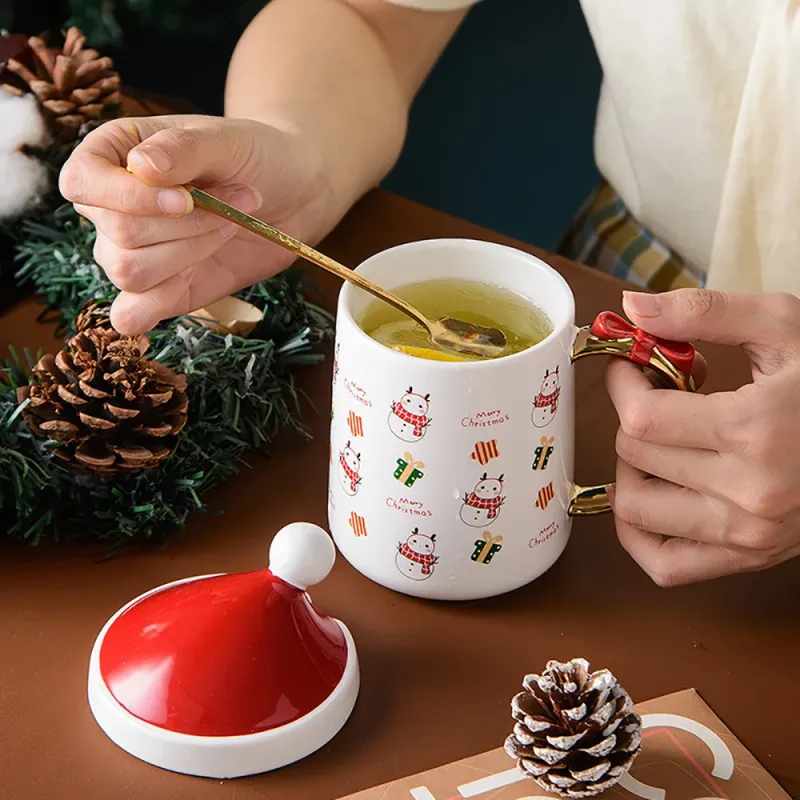
Novelty mugs, while fun and expressive, can become a significant source of clutter in kitchens.
Many people tend to collect these mugs, which accumulate over time, taking up valuable cabinet space.
Professional organizers recommend curating your mug collection. Retain those with sentimental value or frequent use, and consider donating the rest.
This practice frees up space and allows for a more organized kitchen setup.
6. Excessive Cookbooks
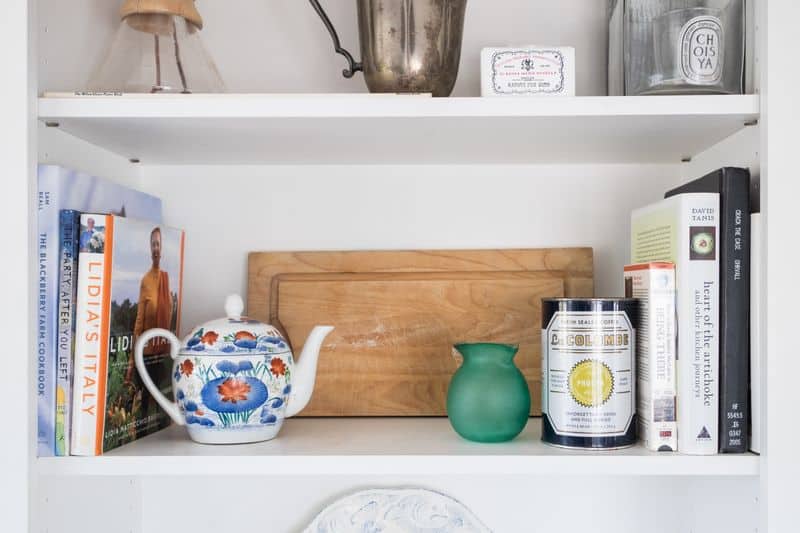
Cookbooks can pile up quickly, especially if they’re seldom used. Many kitchens have shelves overflowing with these books, creating clutter and occupying space that could be better utilized.
Professional organizers suggest evaluating which cookbooks are truly essential and frequently referenced.
Digitalizing recipes or maintaining a select few favorites can help reduce the physical space occupied by books.
This approach not only declutters your kitchen but also makes it easier to find and use the recipes you love. Prioritize quality over quantity for a more efficient cooking space.
7. Bulky Appliances
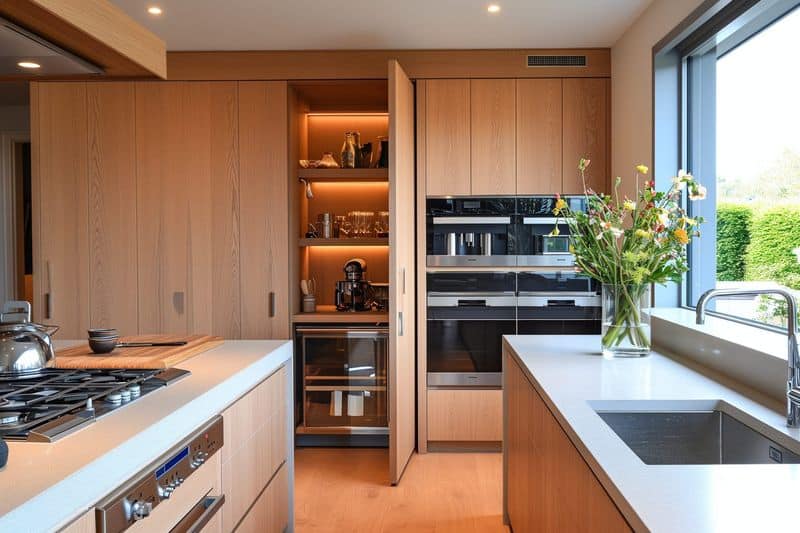
Bulky appliances such as bread makers, juicers, and ice cream machines often promise convenience but can end up as dust collectors.
They take up significant counter or storage space, leading to a crowded kitchen environment.
Professional organizers advocate for storing these items elsewhere if they are not used regularly. Keeping only the appliances you frequently use on hand creates a more spacious and streamlined kitchen.
This strategy not only frees up space but also keeps your kitchen more manageable and aesthetically pleasing, enhancing your overall cooking experience.
8. Old Takeout Menus
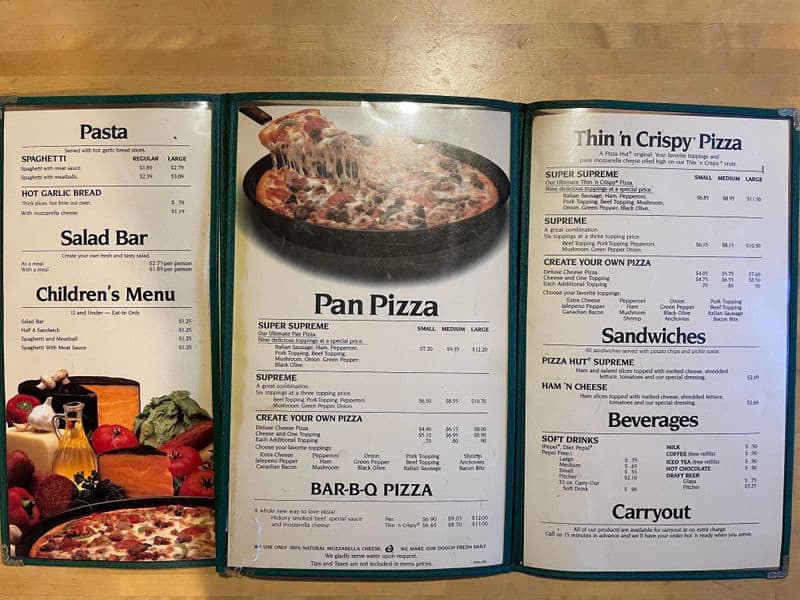
Takeout menus are easily accumulated but often go unused in the age of online ordering. They can clutter drawers and occupy space that could otherwise be utilized more effectively.
Professional organizers suggest discarding old menus and relying on digital versions or apps for ordering.
This not only clears up drawer space but also keeps your kitchen organized and free from unnecessary paper clutter.
Freeing your kitchen from obsolete menus simplifies your space and aligns it better with modern dining habits.
9. Unused Cookware
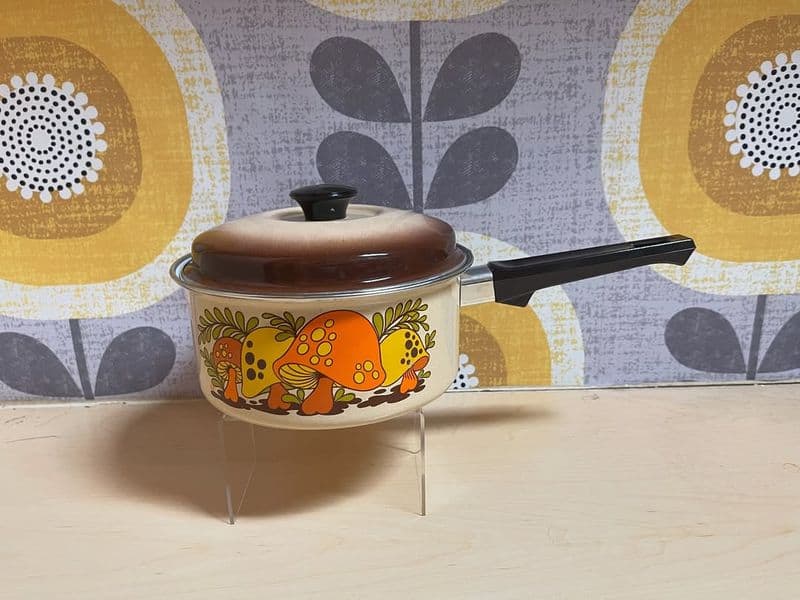
Many kitchens house an array of cookware, much of which goes unused. Items like specialty pans or pots can consume valuable storage space and make kitchens look cluttered.
Professional organizers recommend assessing your cookware collection and retaining only the pieces regularly used. Donate or discard items that haven’t seen use in recent months.
This approach optimizes space and makes your kitchen more navigable. By minimizing cookware, you enhance your cooking efficiency and maintain a tidy environment.
10. Oversized Dishware Sets
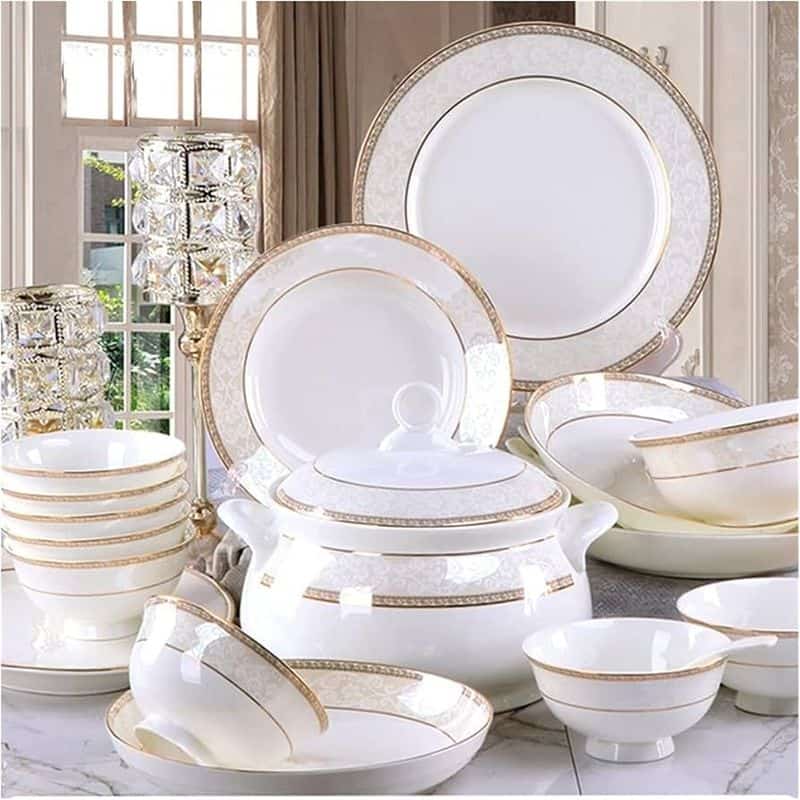
Oversized dishware sets can be a hidden source of clutter, especially in smaller kitchens. While they might be appealing for hosting, they often take up more space than necessary for everyday use.
Professional organizers advise keeping a smaller set for daily meals and storing larger sets for special occasions. This reduces the space occupied by dishware and makes everyday dining more convenient.
By separating regular and special occasion dishware, you optimize storage and maintain an organized kitchen environment that suits your lifestyle.

